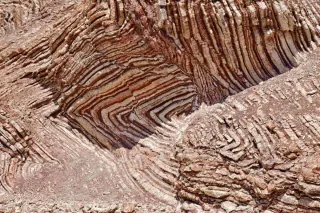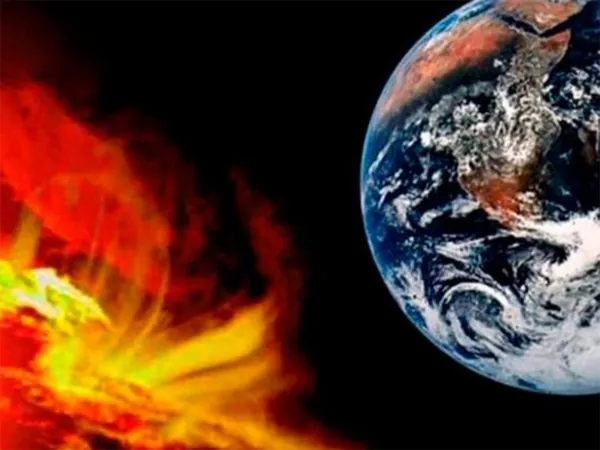
Unlocking Earth's Secrets: Fractal Patterns in Geological Time Revealed!
2025-09-02
Author: Benjamin
A Revolutionary Discovery in Geological Time
Have you ever wondered how Earth's history is mapped out through layers of rock? A groundbreaking study led by McGill University physicist Shaun Lovejoy reveals that this complex tapestry of time is not just layered; it follows a strikingly simple, unifying fractal pattern. This new perspective sheds light on how we understand major historical events like mass extinctions and climate shifts.
The Fractal Revelation
Published in the journal Earth and Planetary Science Letters, the study highlights that the boundaries distinguishing crucial events over the last 541 million years—as defined in the Phanerozoic Eon—aren't merely qualitative hierarchies but exhibit a profound quantitative fractal nature. According to Lovejoy, these fractal patterns could potentially shift how researchers interpret Earth’s deep history.
Implications for Climate and Extinction Research
"These boundaries are the scaffolding for calculating the time scale of our ancient data," Lovejoy states. Ignoring how these boundaries cluster could skew our understanding of past climates and ecosystems. The research team utilized a statistical model to simulate the accumulation of boundary events, revealing a deeper layer of hierarchical clustering that explains the uneven intervals reflected in the geological record.
Two Unique Effects Uncovered
Interestingly, the study identifies two phenomena termed the “Sadler effects.” The first, the resolution effect, indicates that geological records are less complete at finer time scales. The second, the length effect, suggests that older geological records become increasingly distorted, leading to systematic biases in how we interpret time divisions.
Rethinking How We Analyze Earth's History
Lovejoy emphasizes the importance of incorporating this fractal structure into our analyses. Failing to do so could lead to misleading interpretations of climate shifts, biodiversity trends, and extinction events from core samples. By fully grasping the intricacies of deep time, scientists aim to refine techniques for dating and analyzing paleoclimate and paleoenvironmental records.
Moving Forward: Future Implications
As the research team continues to fine-tune their model and develop correction methods for broad geological datasets, they emphasize a crucial point: Understanding our past is vital for predicting our future. Lovejoy concludes, “There is invaluable information from history that can equip us to forecast what lies ahead.”









 Brasil (PT)
Brasil (PT)
 Canada (EN)
Canada (EN)
 Chile (ES)
Chile (ES)
 Česko (CS)
Česko (CS)
 대한민국 (KO)
대한민국 (KO)
 España (ES)
España (ES)
 France (FR)
France (FR)
 Hong Kong (EN)
Hong Kong (EN)
 Italia (IT)
Italia (IT)
 日本 (JA)
日本 (JA)
 Magyarország (HU)
Magyarország (HU)
 Norge (NO)
Norge (NO)
 Polska (PL)
Polska (PL)
 Schweiz (DE)
Schweiz (DE)
 Singapore (EN)
Singapore (EN)
 Sverige (SV)
Sverige (SV)
 Suomi (FI)
Suomi (FI)
 Türkiye (TR)
Türkiye (TR)
 الإمارات العربية المتحدة (AR)
الإمارات العربية المتحدة (AR)